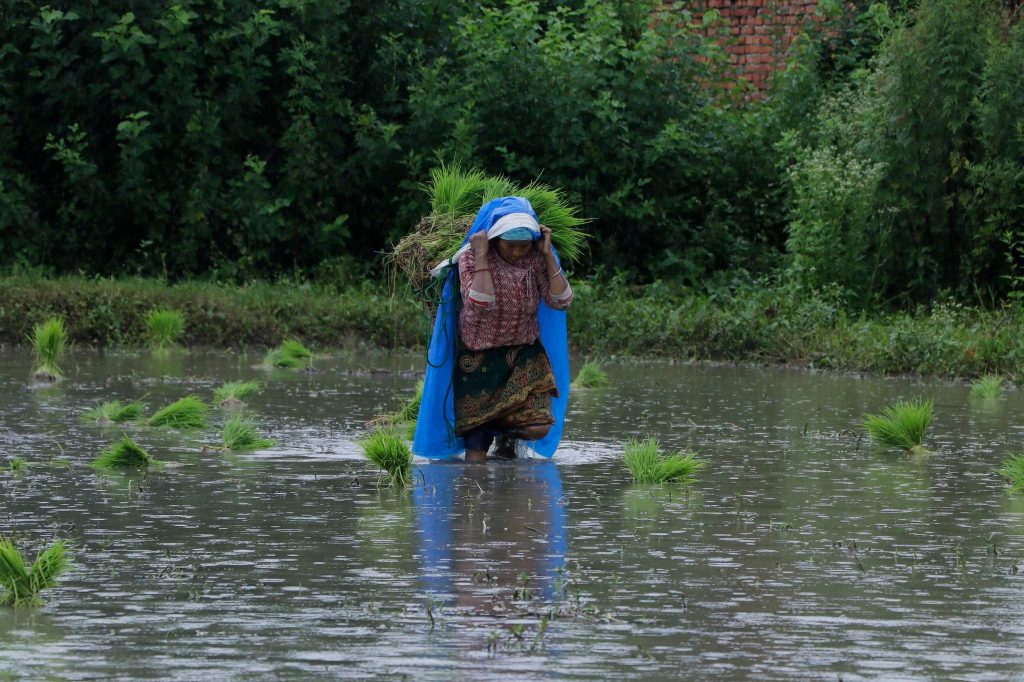KATHMANDU: Despite the passing of three weeks into the Asar season (June/July), only a quarter of paddy planting has been completed, raising concerns about the progress.
According to recent data released by the Ministry of Agriculture and Livestock Development (MoALD) on Friday, as of July 6, only 26.71 percent of the total cultivable area designated for paddy planting in the country has been completed. This figure indicates a lower completion rate compared to last year when 40 percent of planting was already accomplished by this time.
The ministry reports that the delayed onset of monsoon in the Madhesh, Gandaki, and Lumbini provinces has contributed to the setback in paddy planting. This year, the monsoon season entered Nepal’s eastern region on June 14. In contrast, last year, the early onset of monsoon on June 5 facilitated early paddy planting.
The Ministry of Agriculture has provided an initial estimate that 100 percent planting will be achieved in various regions of the country by July 31. Paddy cultivation in Nepal is conducted on a total of 1,357,816 hectares of land, with 362,625 hectares already planted.
The progress of paddy planting varies across different regions. As of now, 48.9 percent of paddy fields in Sudurpaschim and 45 percent of fields in Karnali have been completed. In Madhesh, known as the country’s food bank, only 9.5 percent of the paddy fields have been planted.
Delayed planting poses the risk of reduced rice yields. Insufficient water supply due to the late monsoon onset affects rice growth. However, if the monsoon arrives on time and allows for proper irrigation, there is a possibility of increased rice yields. Additionally, other factors such as seed quality, fertilizer usage, and pest infestation also influence rice production.
Rice stands as Nepal’s main agricultural crop. MoALD statistics indicate that Nepal produced 5,486,000 tons of rice in the fiscal year 2022/23. Rice contributes approximately 21 percent to the country’s total agricultural production.
Given that agriculture accounts for almost one-fourth of Nepal’s economy, the rice crop holds significant importance for the country’s economy and people’s livelihoods.

